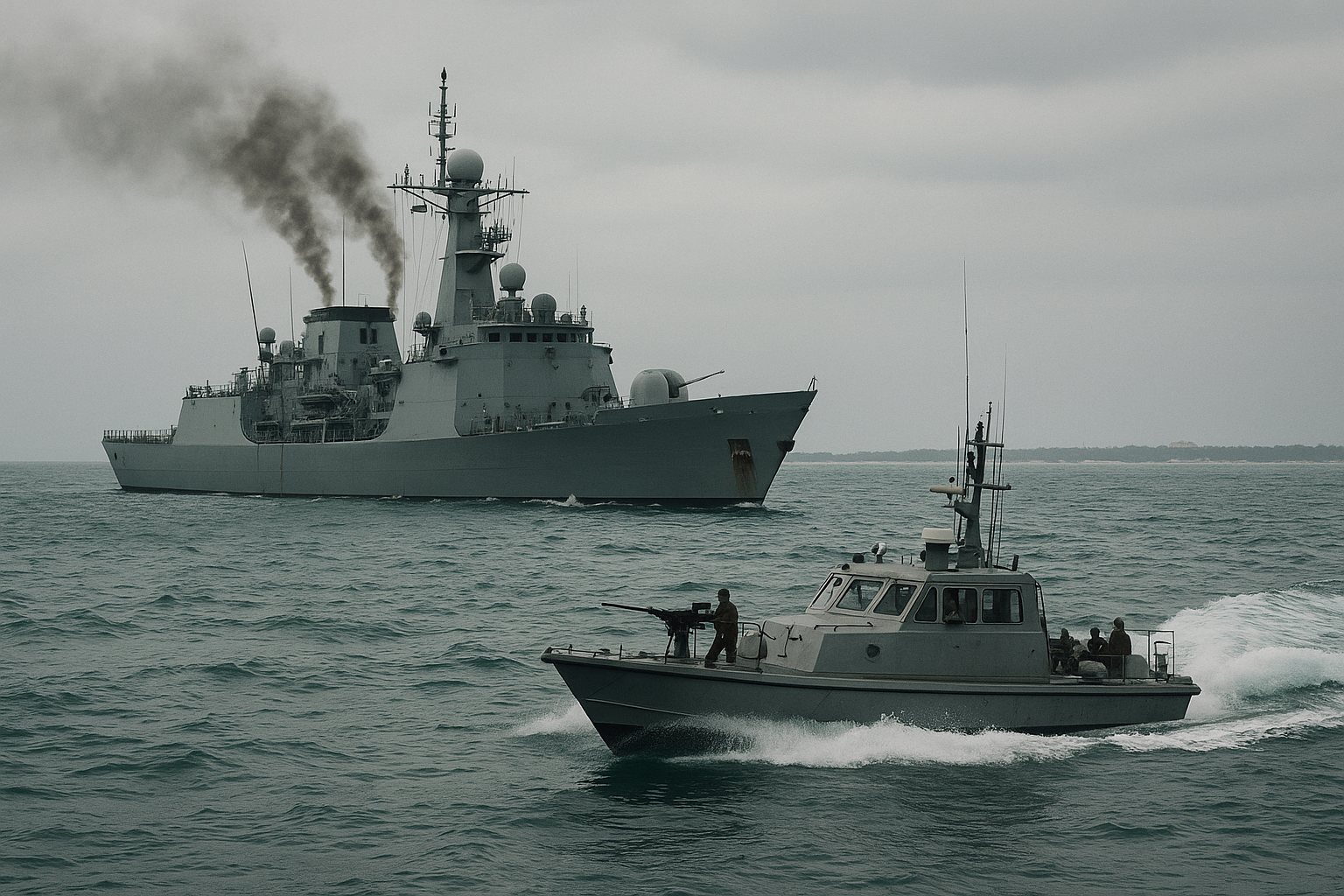On August 28, 2025, Somalia’s cabinet approved a five-year defence cooperation MoU with Pakistan, covering training from basic to staff-college level, naval technical assistance, maintenance and new unit stand-up, selective equipment upgrades, and a Joint Defence Cooperation Committee that meets annually to steer the workstreams. The government paired this with similar cooperation instruments with Jordan and Qatar, signalling a wider bid to professionalise its forces while rebuilding maritime policing.
That ambition is understandable. However, partner choice matters. Pakistan’s naval record is mixed, and it carries reputational baggage in the very waters where Somalia needs credibility most. In December 1971, the Indian Navy’s Operation Trident and Operation Python struck Pakistani ships and fuel storage near Karachi, contributing to a de facto blockade. India reported no ship losses in those raids. Indian Navy’s campaign, paired with the loss of PNS Ghazi days earlier in the Bay of Bengal, is still taught as a case study in asymmetric sea denial—on the receiving end.
Today’s picture is not purely historical. Budget strain, maintenance backlogs, and availability gaps have been repeatedly reported in Pakistan’s fleet, with cancellations of drills and a thinning submarine force cited as symptoms of a readiness trough. Even sympathetic analyses point to spare shortages and schedule slips in modernisation programmes. For a coastal state like Somalia, which must project competence to insurers, shippers, and neighbours, importing that perception risk is non-trivial.
To be fair, Pakistan brings some positives. It has commanded the multinational CTF-151 counter-piracy task force multiple times, most recently in early 2025—experience directly relevant to Gulf of Aden patrol craft tactics, boarding procedures, and information sharing with EUNAVFOR Atalanta. If Somalia ring-fences cooperation in these practical, multilateral lanes, it can reap training value without appearing to import someone else’s power politics.
The problem lies in optics and sequencing. Mogadishu is already navigating a fraught map: Ethiopia’s January 1, 2024, MoU with Somaliland over Red Sea access. Kenya’s push for an IGAD-anchored maritime treaty to codify port access for landlocked states, and the Ankara Declaration of December 12, 2024 that aims—so far imperfectly—to keep Ethiopia–Somalia tensions from re-igniting. In that setting, any bilateral naval build-up looks less like capacity-building and more like bloc politics unless it is embedded in clear regional rules and notifications.
A second, adjacent sensitivity is Turkey’s expanding security footprint in Somalia—from naval training to energy exploration and, per multiple reports, a planned spaceport/long-range missile test site on Somalia’s coast. That project is Turkish-led and separate from Pakistan, but its existence raises the stakes for how any new trainers, patrols, or basing support are communicated and audited. Somalia will not want different partners’ programmes to be read as a single, opaque strategic bloc.
Somalia’s Choices
Somalia should limit the MoU narrowly to coast-guarding and counter-piracy. It should tie Pakistani sea training, maintenance, and patrol drills to CTF-151 tasking windows and require joint reporting with EUNAVFOR/CMF, thereby leveraging Pakistan’s operational know-how while anchoring activity in a multinational framework Somalia already benefits from.
For transparency by default, Somalia should publish course syllabi, maintenance scopes, visit schedules, and end-use assurances, and log them with IGAD and its partners. Somalia should rely on Kenya’s treaty concept precisely because it translates intent into rules, and it should aim to be the first mover on transparency.
Somalia should include performance clauses and off-ramps, making training outcomes measurable—such as platform availability, sortie rates, and interdiction metrics. If targets slip, Somalia should rebalance its efforts toward other providers, such as EUCAP, Turkey, and Jordan, without drama.
Somalia should also keep any Turkish space/missile projects in a distinct governance lane with civilian safety regulators and international notification, and it should avoid letting observers conflate Pakistan’s naval training with Turkey’s missile or space ambitions—a sure route to regional suspicion.
Done this way, the Pakistan–Somalia MoU can help Somalia stand up a functional coastal force, but only if it is fenced by rules that minimise reputational import from Pakistan’s uneven naval history and present-day readiness questions.

